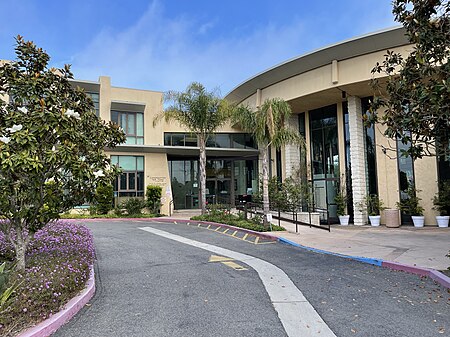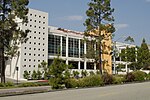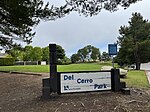Congregation Ner Tamid
1961 establishments in California20th-century synagogues in the United StatesConservative synagogues in CaliforniaJewish organizations established in 1961Synagogues completed in 1978 ... and 1 more
Synagogues in Los Angeles

Congregation Ner Tamid, officially Congregation Ner Tamid of South Bay, is a Conservative synagogue located at 5721 Crestridge Road, Rancho Palos Verdes, Los Angeles, California, in the United States. The clergy includes Rabbi Mark Hyman, Cantor Ken Jaffe, and Cantor Emeritus Samuel Radwine. The synagogue conducts a number of programs including the Adult Education, Preschool and USY programs.
Excerpt from the Wikipedia article Congregation Ner Tamid (License: CC BY-SA 3.0, Authors, Images).Congregation Ner Tamid
Crestridge Road,
Geographical coordinates (GPS) Address External links Nearby Places Show on map
Geographical coordinates (GPS)
| Latitude | Longitude |
|---|---|
| N 33.768573888889 ° | E -118.37676888889 ° |
Address
Ner Tamid
Crestridge Road
90275 , Rolling Hills Estates
California, United States
Open on Google Maps






